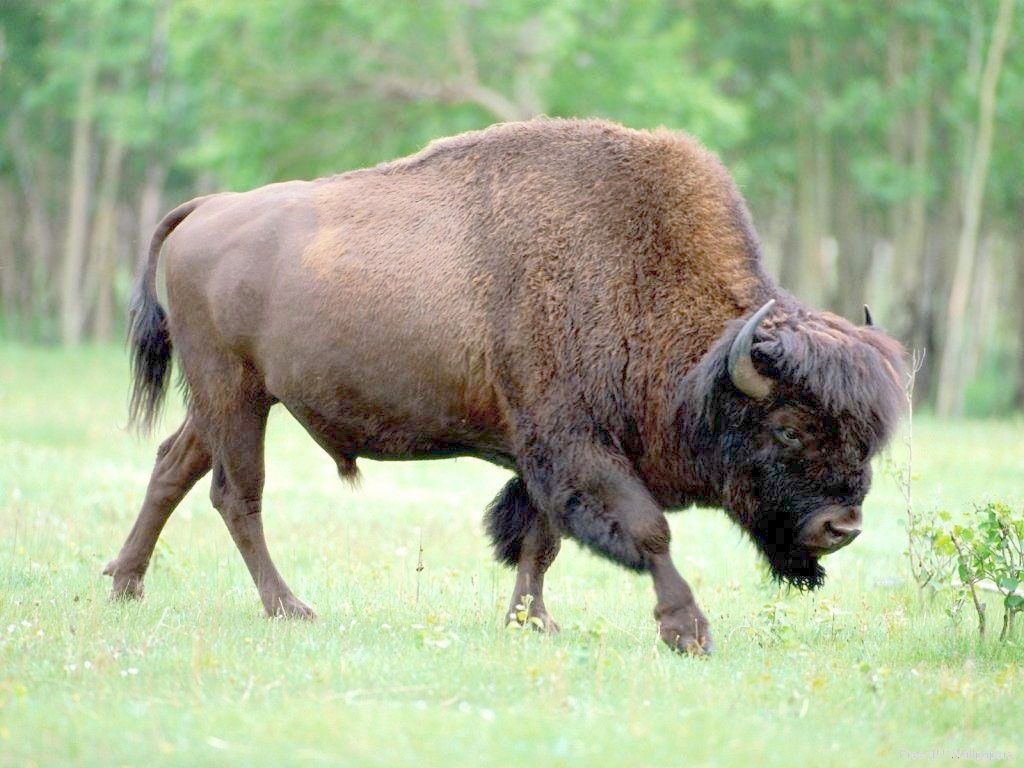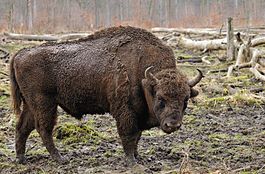The Amur tiger is a rare species
The tiger belongs to the cat family. This is a distant relative of leopards, lynxes, panthers and even the domestic cat. Although its name in Latin sounds like panther tigris, the tiger's closest relative is the lion.
There were nine subspecies of the tiger, three of which are now extinct, and one (the South China tiger) may have already disappeared or will disappear in the wild in the near future.
The Amur tiger lives mainly in the Primorsky and Khabarovsk territories of Russia, and in very small numbers in northeastern China and North Korea.
The Indochinese tiger (also known as Corbet's tiger) lives in Cambodia, southern China, Laos, Myanmar, Thailand, Malaysia and Vietnam. The number of animals is 1200-1800; there are about 60 tigers in zoos.
The Bengal, or Royal Bengal tiger lives in India, Bangladesh, Nepal, Bhutan, and Myanmar, inhabiting different areas - rain forests and dry savannas.
The Malayan tiger is found only in the southern (Malaysian) part of the Malay Peninsula.
The Sumatran tiger is found only on the Indonesian island of Sumatra. About 400-500 individuals live in the wild and 235 in zoos.
The South China tiger is the most endangered subspecies and most likely no longer exists in the wild. It is also one of the smallest subspecies. 59 individuals are currently kept in captivity.
Currently completely exterminated:
- Balinese tiger, who lived on the island of Bali; the last tiger was shot on September 27, 1937 in western Bali;
- Javan tiger, who lived on the island of Java; The last time a Javan tiger was seen was in 1979;
- The Turanian tiger, the Caspian tiger, lived from the foothills of the Tien Shan to the west along river valleys in Central Asia (Turkmenistan, Uzbekistan, Kyrgyzstan, Afghanistan, Kazakhstan) to the Caucasus. The last time the Turanian tiger was seen in the Amu Darya delta was in 1958
Our tiger is Amur
Of the five existing subspecies of tiger, the Amur is the largest. Its winter fur is very thick and long, quite light in color. The main color tone is reddish or ocher-red. Black or brown transverse stripes run across the entire body. In summer the color is brighter. In winter, the fur of the Amur tiger becomes long and thick.
The tiger is a very big animal. It weighs 260 kilograms or more, some males weigh more than 300 kg! The body length of the male (with tail) reaches 290-300 cm. Females are smaller than males, 160-180 cm, and weigh 140-160 kg.
The tiger runs fast. In the snow it can reach speeds of up to 50 km/h. Capable of making jumps up to seven meters long!
The Amur tiger lives in mountainous areas where broad-leaved and cedar trees grow. Groups of tigers are usually found near mountain rivers at an altitude of 400-700 m above sea level.
Tigers lead a solitary lifestyle. Only tigresses live with their cubs until they grow up. Each tiger has its own territory, which it constantly circles. The size of the areas where tigers live varies and depends on the sex of the animal, age, whether there are cubs, and also on how much food there is in the area. The smallest area (10-30 km2) is occupied by females who have small tiger cubs under the age of one year. The area of land where adult male tigers live is 600-800, females - 300-500 km2.
Tigers move along the same paths from year to year. An adult tiger travels from 10 to 41 km per day, a tigress from 7 to 22 km.
Tigers are usually active in the evening, in the first half of the night and early in the morning. During the day they lie on a rock or on the crest of a ridge for a better view. But in snowfall and cloudy weather, the tiger is active during the day. The tiger is not afraid of heavy snow and severe frosts, because it has thick fur and wide paws.
The tiger's main prey is wild boar and wapiti, as well as sika deer, elk, and roe deer. On occasion, the tiger preys on brown and white-breasted bears, badgers, raccoon dogs and hares.
Tigers usually hunt at night at watering holes and animal trails. The tiger ambushes its prey and attacks it with a sharp jump. At the same time, the tiger takes into account the direction of the wind so that the prey does not smell it.
A tiger eats 8-10 kg of meat per day, but after a long hunger strike he can eat up to 18 kg of meat.
The life expectancy of individual tigers in nature reaches 15-20 years. In captivity, a tiger lives longer - 40-50 years. In the wild, tigers die from diseases, injuries, and are killed by poachers.
Where does the Amur tiger live
The Amur tiger lives only in the south of the Far East - in the Primorsky and Khabarovsk Territories, mainly on the right bank of the Ussuri and Amur rivers. In the Khabarovsk Territory, the tiger is common only in Bikinsky, Vyazemsky, named after. Lazo, Nanaisky, Khabarovsk, Komsomolsky and Sovetsko-Gavansky districts. There are more tigers in Primorye.
Currently, only in Sikhote-Alin is the only viable population of the Amur tiger preserved in the world.
In China, the Amur tiger is very rare. Scientists believe that it crosses the border from the Russian side. There are no other tigers of this subspecies in nature anywhere on the planet.
How many tigers are there in nature?
In order to protect the tiger, scientists need to know not only its numbers, but also its habits. To do this, tigers are counted and observed.
Previously, tigers were not counted in nature, so we do not know how many tigers there were in the Far East a hundred years ago. Due to the fact that tigers were hunted and the forests in which they lived were cut down, there were fewer and fewer tigers. By the end of the 30s of the 20th century, the Amur tiger was on the verge of extinction - only no more than 50 animals remained. Therefore, in 1947, hunting for tigers was banned, and in 1956, their catching. Now hunting tigers is prohibited all over the world.
The last count of tigers was carried out in the winter of 2005. The number of Amur tigers in the Primorsky and Khabarovsk territories was 334-417 adults and 97-112 cubs.
The tiger in nature is studied in different ways.
First, places where tigers can live are marked on the map, that is, with habitat conditions suitable for it. Then this territory is divided into equal sections of 1000 hectares (that’s 10 square kilometers). In winter, game wardens use tracks to count how many animals are in each area.
Following the tracks of a tiger in winter to determine the number of animals is called tracking. In order to find out whether a tiger is adult or young, male or female, measure the width of the heel of the animal’s front paw. It is possible to say for sure that this is a male only when the width of the heel exceeds 10.5 cm.
In places where the tiger moves, cameras (photo traps) are installed. When an animal passes by, the mechanism of the device is activated.
Radio tracking is used to monitor the location and movements of the tiger. The tiger is wearing special radio collars, from which signals are received.
Recently, radio collars have been replaced by collars with a GPS transmitter. The battery charge of such a collar lasts for about 500 days, then it automatically detaches.
There are also bad sides to existing methods of tiger conservation. In order to put a radio collar on a tiger, it must be caught. In places where the tiger appears most often, a special loop of steel cable is installed on the tree. A mark of valerian is left on the tree. The tiger, like all cats, reacts to its smell. When a tiger passes by, its paw gets caught in a loop, which tightens, and a transmitter connected to the loop with a special fishing line sends a signal to trigger the trap.
When such a large animal as a tiger gets caught in a snare, the first thing it does is try to free itself from it. It jumps, pulls out its paw, gnaws a loop and a powerful steel corner with the same steel bolts with its teeth, scratches the metal cable and surrounding objects with its claws. As a result, the tiger breaks its claws and teeth, especially fangs, and injures its paws.
Crippled tigers cannot then hunt normally in the wild. They go to the nearest village to get their pets and in most cases become victims of poachers.
More than half of the tigers caught with such a snare died in the first two years after capture. I think we need to use a different method of catching tigers, because by trying to help the tiger in this way, we are only making things worse.
Why tiger numbers may be declining
In addition to the killing of a tiger by poachers, many other reasons influence its number, because in nature everything is interconnected. Forest fires destroy the habitats of the tiger and the ungulates on which it feeds. The less food, the fewer tigers in the taiga. People are cutting down forests, and the area suitable for tigers to live is decreasing.
How to protect a tiger
The Amur tiger is one of the rarest representatives of the world fauna. It is included in the Red Books of the International Union for Conservation of Nature and Russia. In the Red Book of the Russian Federation, the Amur tiger has category II as a rare, declining subspecies.
Scientists have begun one very important experiment. In the spring of 2009, an orphan tiger cub was picked up, whose mother was killed by poachers. Scientists placed the baby in a rehabilitation center - a large enclosure, in which he learned to hunt ungulates, beware and avoid enemies, including humans. This is the first such experiment: the tiger cub was captured in March and released into the wild on September 16, and now zoologists are observing its behavior. For 2.5 months the tiger lives safely in the taiga.
I think it is necessary to conduct such an experiment on tiger cubs that were born in captivity - in a zoo or circus, because there are a large number of tigers in captivity, and it would be right to release the cubs into the wild if they manage to live in it.< /p>
To protect rare animals and their habitats, protected natural areas are created - reserves. To protect tigers in the Primorsky Territory, the Sikhote-Alinsky reserve was created in 1935, and later the Lazovsky, Kedrovaya Pad and Ussuriysky reserves.
The fate of the tiger worries not only the residents of our country, but also people from other countries, which is why international organizations are being created to protect the tiger.
The protection of the Ussuri tiger became one of the first programs in Russia carried out by the World Wildlife Fund. This program includes the organization of teams that fight poachers, the creation and support of protected areas, the fight against forest fires and deforestation.
Tiger hunting is prohibited, but this is not enough to preserve the species. We need to protect the forests where he lives. By preserving coniferous-deciduous forests with all their inhabitants, we also preserve the Amur tiger, because it is impossible to save the species without taking any measures to save its habitat and the animals on which it feeds.
I also think that everyone needs to know what a beautiful and rare animal this is, then no one will hunt it, but will admire the tiger in photographs.



No comments here yet.